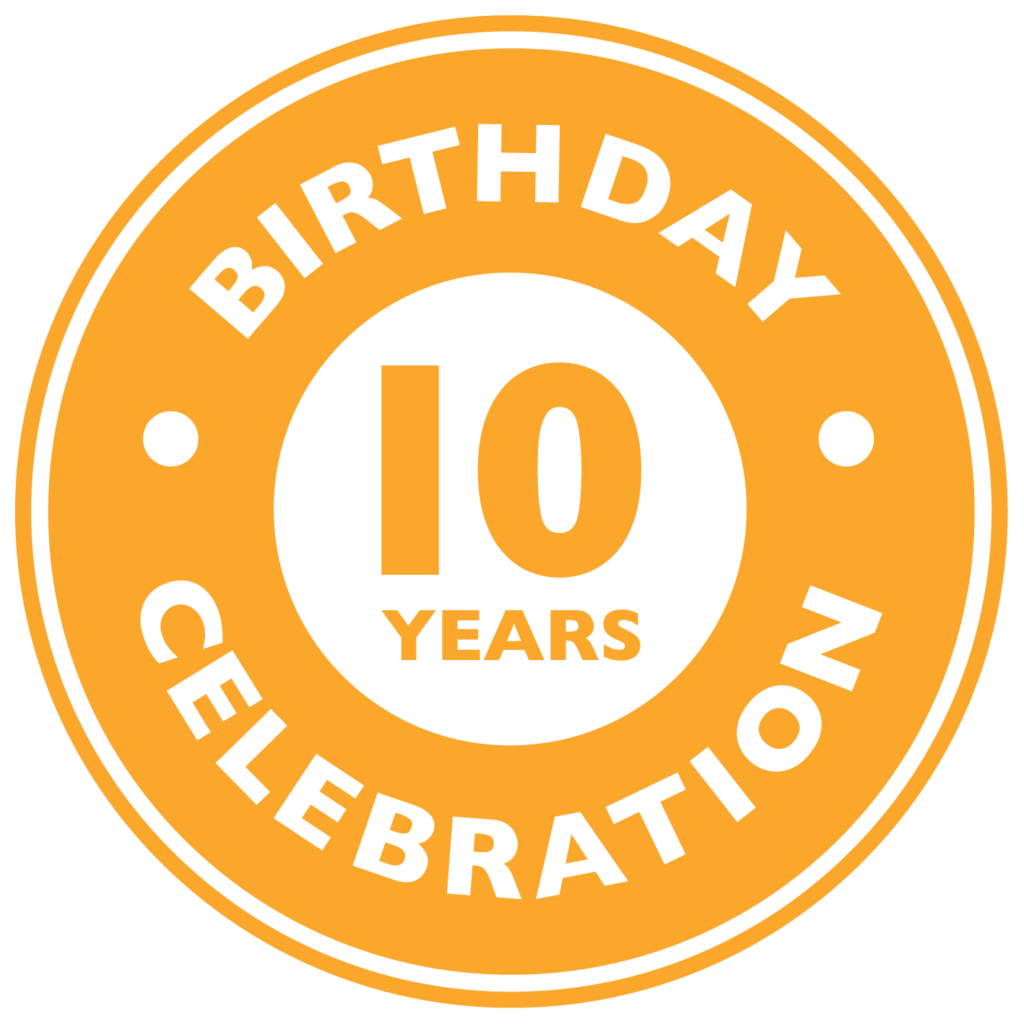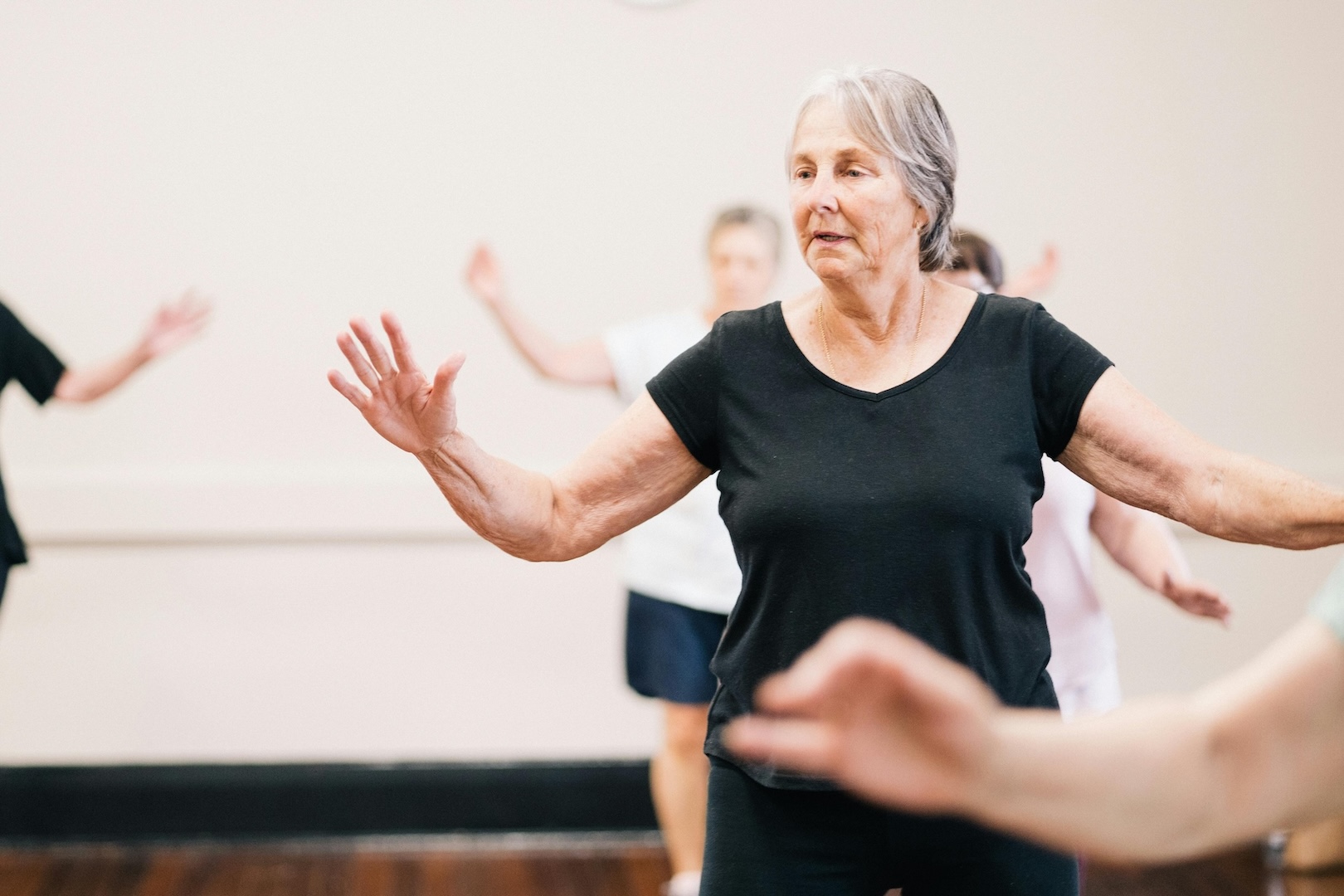Spinal cord injury
A spinal cord injury (SCI) is caused from damage to the spinal cord which results in a loss of movement and sensation below the level of the injury. Spinal cord injury can occur when the spinal cord is severed, compressed or bruised which disrupts blood and oxygen supply.
SCI can be traumatic (approx. 80% of cases) or non-traumatic (approx. 21%). The most common causes for SCI are:
- Motor vehicle accidents
- Falls
- Non traumatic – including degenerative spine conditions, genetic disorders, cancer.
- Being hit or struck by an object
- Water related
What are the impacts of spinal cord injury?
In Australia there are currently around 12,000 people with spinal cord injury, with 350-400 new cases each year. Males account for over 80% of these cases.
The impact of a spinal cord injury is dependent on the level at which the injury occurs and whether the injury is complete or incomplete.
What are the levels or types of spinal cord injury?
Complete Quadriplegia: A person with complete quadriplegia will have no movement or sensation in the upper and lower body. This usually results from damage to the spinal cord injury at the neck level.
Complete Paraplegia: This usually refers to an injury below the T1 level. Typically, these injuries result in complete loss of movement and sensation in the lower limbs and occasionally the trunk. Arm and hand function generally remain normal.
Incomplete Quadriplegia: A person will have a loss of movement and / or sensation in all four limbs; however, they usually maintain some nerve function below the level of injury.
Incomplete Paraplegia: A person will have loss of movement and / or sensation in the lower limbs (can include trunk), however will maintain some nerve function below the level of injury.
How does spinal cord injury affect the body?
As well as loss of movement and sensation, other areas of the body can also be affected including
- Bladder and bowel control
- Sexuality and fertility
- Pain: Neuropathic pain can occur such as pins and needles.
- Skin integrity – at high risk of developing pressure injuries.
- Airways and ability to breathe may be affected
- Spasticity – increased muscle contraction or spasms
- Autonomic Dysreflexia – Difficulty controlling body temperature and responding to heat and cold.
How are spinal cord injuries classified?
The degree of function after injury is measured according to the five level ASIA Impairment Scale.
- Complete lack of motor and sensory function below the level of injury.
- Some sensation below the level of the injury, however nil movement.
- Some muscle movement is present below the level of injury but are unable to be moved against gravity.
- More than 50% of muscle movement is present below the level of injury with enough strength to move against gravity.
- Full neurological function below level of injury.
Who can assist?
Prognosis and recovery from SCI may differ from patient to patient. Only a small portion of people with SCI recover any function below the level of injury. However, some people with SCI may have the ability to achieve a high level of function.
An Allied Health team can help increase day to day function and independence following a spinal cord injury including: Occupational Therapists, Physiotherapists, Speech Pathologists, Social Workers, Podiatrists and Dietitians.
An Occupational Therapist can support you with the following:
- Assessment and education on transfers
- Assessment and provision of assistive technology to maximise independence
- Prescription of minor and major home modifications
- Assessment and education on pressure care
- Prescription of environmental control units
A Physiotherapists can support:
- Reducing pain,
- Regain and enhance muscle movements
- Treat overuse injuries which are common for individuals with Paraplegia.
- Prevent injury recurrence.
Need to know more?
Our experienced Allied Health multidisciplinary team is here to help you maximise your independence after a spinal cord injury. Contact us today to discuss your needs via email at admin@ssrg.com.au or you can call us on 1300 729 190 and we will be happy to help!
Author: Gemma Imrie
More about the author…
Gemma is an Occupational Therapist with the SSRG’s Occupational Therapy Team. Gemma has experiencing working in both community and acute hospital settings in the ACT, specialising in assistive technology prescription and home modifications for people with physical disabilities. Gemma holds a Bachelor of Occupational Therapy from Charles Sturt University in Albury, NSW.




